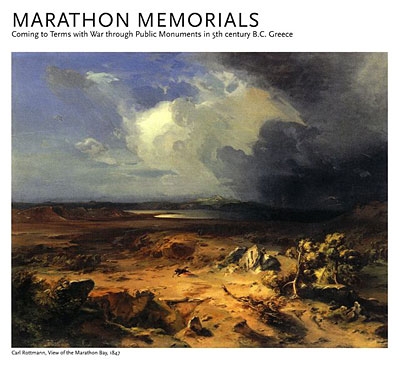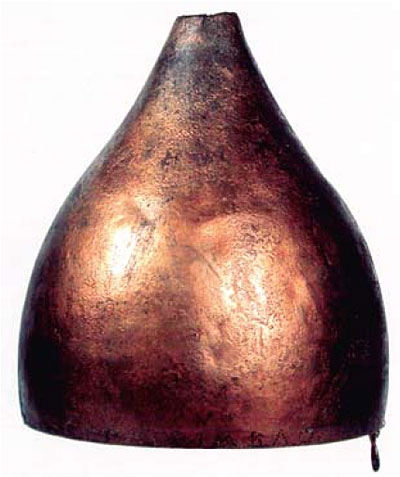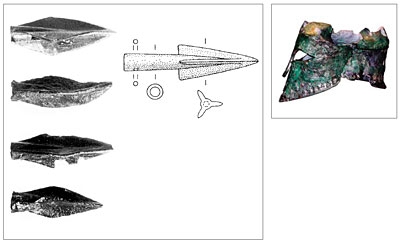Professor Natasja Sojc on the Marathon memorials
Archaeologist Natasja Sojc wants to study the archaeological finds from the Battle of Marathon as a source in themselves and thus without the need to view the mythical victory as a typical case of cultural superiority. She held her inaugural lecture about the ‘Marathon memorials’ on 4 February 2011.
Battle of Marathon
Persian weapons and a helmet that were found at the finishing line in the stadium at Olympia date from the same period as the Battle of Marathon. This trophy played an important part in the Ancient Olympic Games, a trial of strength between the Greek city-states. It meant that all Greeks could see the loot the Athenians had seized from the Persians. This trophy is one of the ‘Marathon memorials’ from Natascha Sojc’s inaugural lecture.

Myth
About 2500 years ago, the Athenians defended their city-state and won a victory on the plain of Marathon from the numerically superior Persians. Archaeologists prefer to base their work on material evidence rather than on the Greek historian Herodotus. When it comes to a battle such as this, Natasja Sojc does not want to limit herself to thinking in terms of victory and defeat. What, however, does this leave her to study?

Coping with war

From monument to ‘memorial’
- The earliest remains are directly related to the battle, for example a burial mound and a collection of weapons that form a trophy, such as in Olympia.
- Subsequently, it is less about the direct relationship with actions of war and more about remembrance. An example of this is a marble column with a statue of Nike, the goddess of victory, on top.
- A generation further and the battle is depicted in a narrative, historical way. An open gallery with four paintings of battles, including the one of Marathon, was built at the marketplace in Athens. This is the last stage: public works of art ensure that the battle enters the collective memory.
Marathon - the painting

The painting of the Battle of Marathon is considered to be the first historical painting of Classical Antiquity. Herodotus possibly based his history, which corresponds to the painted scenes, on this. In fact, it would appear that everything that later appeared about the battle can be traced back to this painting. It is also a first clue to how the Battle of Marathon came to be on the political agenda, because going to war costs money. However, although past success is no guarantee of future results, the Athenians may have smelt the taste of success.
Professor Natasja Sojc is the Bijvanck Professor for Classical Archaeology and is also forging links with the Faculty of Humanities.
